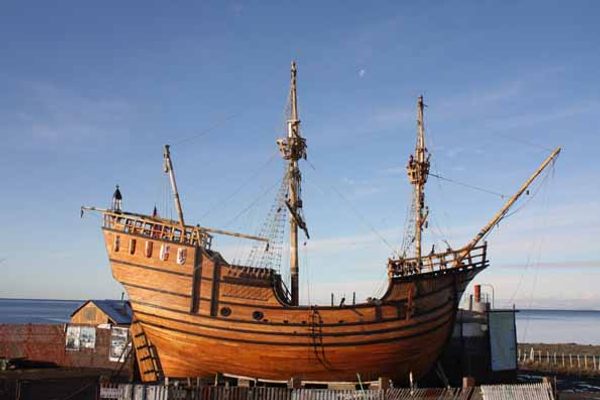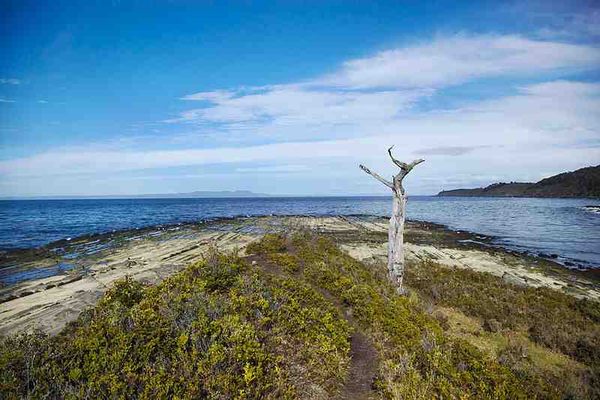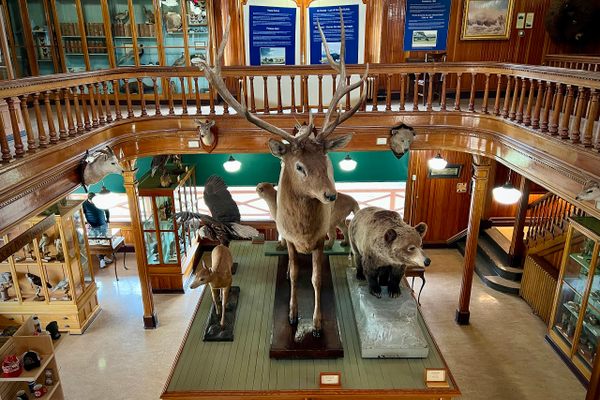AO Edited
Museo de Historia Natural Río Seco
A gorgeous and extensive collaboration between biologists and artists, displaying skeletons and other animal remnants in lifelike poses.
From the road, the Museo de Historia Natural Río Seco looks like an unmarked, abandoned roadside fish-processing warehouse. Inside, it’s an eye-opening collaboration between biologists and artists that displays the skeletons and other remnants of local whales, birds, reptiles and mammals in lifelike poses. Yes, it sounds macabre, but it’s enough to fascinate even a squeamish traveler.
The museum was founded in 2013 by brothers Benjamín Cáceres, a marine biologist, and Miguel Cáceres, a visual artist, and is housed in industrial buildings of the seaweed firm Algina.
Let your favorite mapping app lead you to the unmarked driveway, pull up the hill and park. No, you’re not lost in the wreckage of an abandoned industrial complex. Follow other patrons to the main building, where young, passionate, informed, and eloquent docents lead tours of the rooms every 15 minutes or so. Or, once you’re comfortable, wander the exhibits yourself.
Skeletonized birds spread their wings overhead or peek at you from alcoves, while cetacean skeletons are posed seeming to swim through the room. Notable exhibits include the suspended skeleton of a sei whale that washed up, and the skulls of over a dozen “false killer whales” that perished in a mass stranding.
Know Before You Go
The museum is open Thursday through Friday, 13 p.m. 5 p.m. Admission is free but donations are welcomed.





















Follow us on Twitter to get the latest on the world's hidden wonders.
Like us on Facebook to get the latest on the world's hidden wonders.
Follow us on Twitter Like us on Facebook